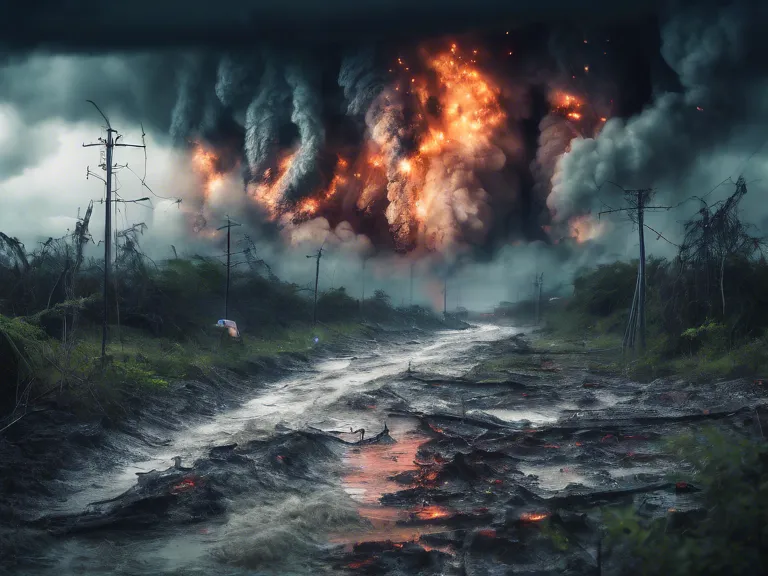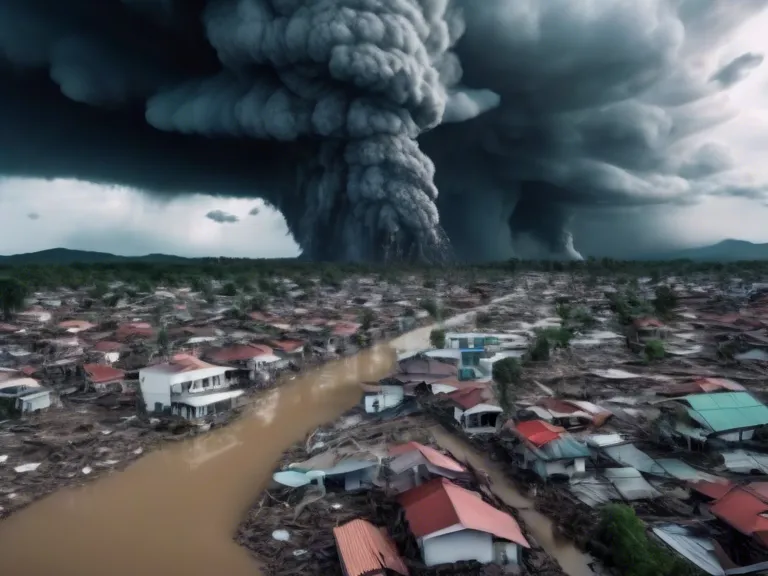
Blockchain technology has the potential to revolutionize the way we approach environmental crisis management. By leveraging the decentralized and secure nature of blockchain, we can enhance transparency, efficiency, and accountability in tackling pressing environmental issues. From tracking carbon emissions to managing waste, blockchain offers a wide range of applications that can help us mitigate the impacts of climate change and protect our planet for future generations.
One key area where blockchain can make a significant impact is in carbon offsetting. Currently, the process of verifying and trading carbon credits is complex and riddled with inefficiencies. With blockchain, we can create a transparent and immutable ledger that accurately records carbon emissions and offsets. This not only streamlines the trading process but also ensures that the credits are genuine and verifiable.
Another application of blockchain in environmental crisis management is in supply chain transparency. By using blockchain to track the lifecycle of products, we can identify areas where environmental impact can be minimized. From sourcing raw materials to manufacturing and distribution, blockchain can provide real-time data on each stage of the supply chain, allowing companies to make informed decisions that reduce their carbon footprint.
Blockchain can also be utilized in disaster response and management. During natural disasters, coordination among different organizations and agencies is crucial for an effective response. By using blockchain to establish a secure communication network, we can improve information sharing, resource allocation, and decision-making in times of crisis. This can help streamline relief efforts and minimize the impact of disasters on the environment and communities.
In conclusion, harnessing blockchain for environmental crisis management has the potential to transform the way we address climate change and protect our planet. By leveraging the unique capabilities of blockchain, we can create a more sustainable and resilient future for all. It is essential for governments, organizations, and individuals to embrace this technology and work together to implement innovative solutions that safeguard our environment for generations to come.



